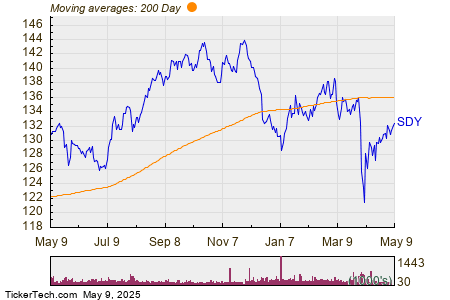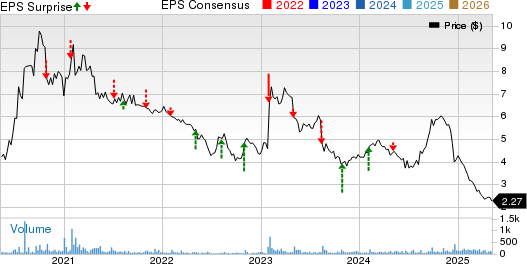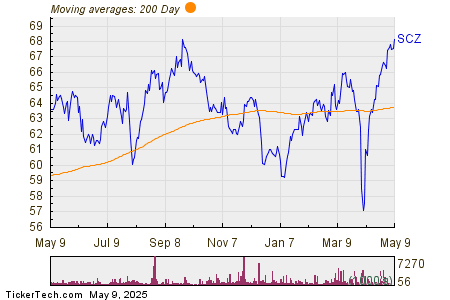Cocoa Prices Surge Amid Supply Concerns and Quality Issues
On Wednesday, July ICE NY cocoa (CCN25) closed up +273 (+3.06%), while July ICE London cocoa #7 (CAN25) rose +252 (+3.91%). These gains followed Tuesday’s sharp increases, marking a one-week high for New York cocoa and a one-month high for London cocoa.
Concerns about the quality of the Ivory Coast mid-crop, currently being harvested, have driven cocoa prices higher. Cocoa processors are reporting significant quality issues, rejecting truckloads of beans due to about 5% to 6% of the mid-crop being classified as poor quality, an increase from just 1% during the primary harvest.
According to Rabobank, the quality concerns are linked to late rains that affected crop growth. The mid-crop, typically smaller than the primary harvest, started in April. The current average estimate for this year’s Ivory Coast mid-crop stands at 400,000 metric tons, down 9% from last year’s 440,000 metric tons.
On April 25, New York cocoa reached a 2.5-month peak due to supply concerns. Government data indicated that from October 1 to May 3, Ivory Coast farmers shipped 1.53 million metric tons of cocoa, up 11.7% from the previous year—but significantly lower than a previous 35% increase reported in December.
Just last Wednesday, cocoa prices dropped to a two-week low amid demand concerns. Hershey Co. reported a 14% decline in Q1 sales, projecting $15-$20 million in tariff costs for Q2, which will likely increase chocolate prices and hinder consumer demand. Similarly, Mondelez International experienced weaker-than-expected Q1 sales, attributing this to economic uncertainty and rising chocolate prices affecting snack purchases.
In contrast, an increase in current cocoa inventories adds bearish sentiment to the market. Since falling to a 21-year low of 1,263,493 bags on January 24, ICE-monitored cocoa inventories in U.S. ports have bounced back to a 7.25-month high of 2,107,210 bags as of Wednesday.
Also contributing to price dynamics, cocoa exports from Nigeria rose by 24% year-over-year to 27,564 metric tons, as reported last Monday. Nigeria holds the position of the world’s fifth-largest cocoa producer.
On the upside, recent data shows stronger-than-expected global cocoa demand. In Q1, North American cocoa grindings fell only 2.5% year-on-year to 110,278 metric tons, outperforming expectations of at least a 5% drop. European cocoa grindings fell by 3.7% to 353,522 metric tons, while Asian grindings saw a decline of 3.4% to 213,898 metric tons, both less severe than anticipated.
Nonetheless, concerns persist regarding potential declines in consumer demand for cocoa products as the global trade war escalates and tariffs push cocoa prices higher. On April 10, Barry Callebaut AG reduced its annual sales guidance due to high cocoa prices and tariff uncertainties.
Adding to the bearish outlook, the International Cocoa Organization (ICCO) forecasted the first global cocoa surplus in four years for 2024/25 at 142,000 metric tons. The ICCO also projected a 7.8% y/y increase in global cocoa production to 4.84 million metric tons.
Smaller cocoa supplies from Ghana, the world’s second-largest cocoa producer, may lend some support to prices. Cocobod, Ghana’s cocoa regulator, recently cut its 2024/25 cocoa harvest forecast for the second time this season to 617,500 metric tons, down 5% from the previous estimate of 650,000 metric tons.
Finally, the ICCO reported a global cocoa deficit of 441,000 metric tons for 2023/24, the largest deficit recorded in over 60 years. It noted that cocoa production for this period fell 13.1% year-on-year to 4.380 million metric tons, with the cocoa stocks-to-grindings ratio at 27.0%, representing a 46-year low.
On the date of publication, Rich Asplund did not hold any positions in the securities mentioned. All information provided is for informational purposes. For more details, please refer to the Barchart Disclosure Policy.
More news from Barchart
The views and opinions expressed herein are those of the author and do not necessarily reflect those of Nasdaq, Inc.




